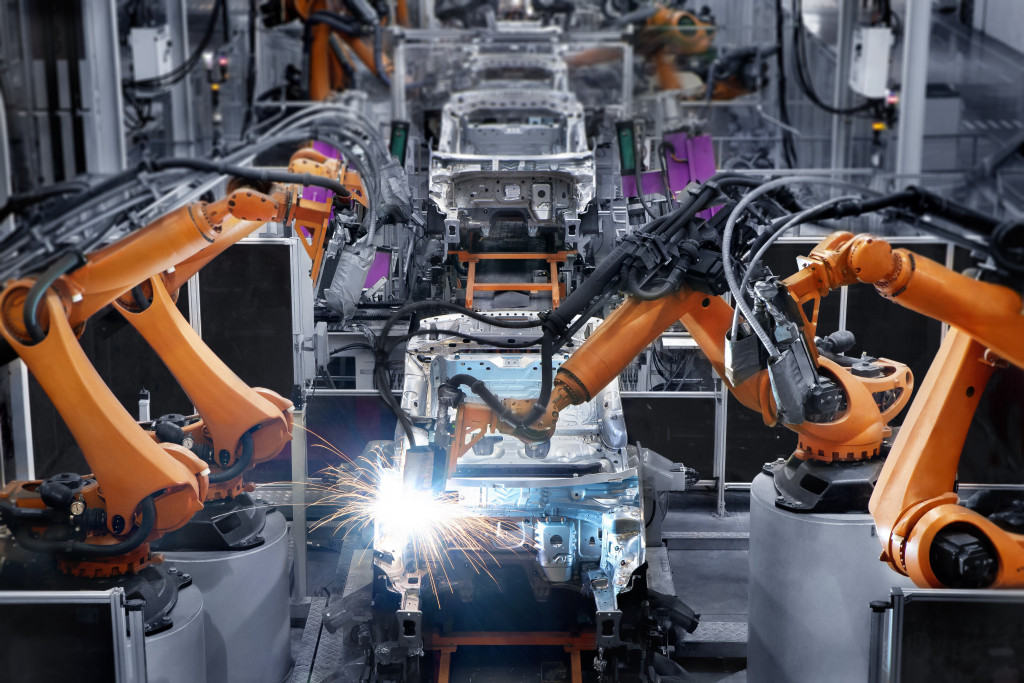The fourth industrial revolution, also known as Industry 4.0, is marked by several new technologies transforming manufacturing. One of the most significant advancements in this revolution is the development of predictive maintenance. This refers to the proactive maintenance of machines and equipment to prevent untimely failures.
With the prevalence of predictive maintenance in manufacturing, those who have yet to implement such a program may be wondering what benefits they can expect. Here are the five main benefits associated with predictive maintenance in manufacturing:
Benefit #1: Increased Productivity
Predictive maintenance can help increase productivity in several ways. First, it can help reduce downtime by identifying potential problems before they occur. This means that you can fix machines before they break down, minimizing downtime and increasing production time.
Additionally, predictive maintenance can help improve equipment efficiency and performance. By regularly inspecting and maintaining equipment, businesses can ensure that their machines are operating at peak performance levels at all times.
However, the most significant way it increases productivity is by reducing the need for reactive maintenance. This refers to the maintenance performed after a machine has already broken down. Reactive maintenance is often more time-consuming and expensive than predictive maintenance, as it requires businesses to halt production to fix the problem.
Benefit #2: Improved Safety
Another critical benefit of predictive maintenance is improved safety. Businesses can avoid dangerous and potentially life-threatening accidents by identifying potential problems before they occur. This could also lessen the need for personal protective equipment (PPE), as it may eliminate some hazards.
Of course, that’s not to say that the employees should work without their PPEs. Instead, PPE may be limited to specific areas where there is a higher risk of accidents. This would be most effective in businesses where the workers are constantly exposed to potential hazards like chemical splashes or flying debris.
Benefit #3: Reduced Maintenance Costs
Predictive maintenance can also help businesses save money on maintenance costs. By proactively inspecting and maintaining equipment, companies can avoid the cost of unexpected failures. Additionally, predictive maintenance can help companies extend their equipment’s lifetime by identifying potential problems early on.
Suppose the conveyor belts used in your production line have begun to malfunction. If you’ve implemented predictive maintenance, you would know that fixing the electric gearboxes can resolve the issue and prevent the belts from breaking down completely. This would save you the cost of a complete conveyor belt replacement, which can be quite expensive.
Another example will be if you have a machine that regularly requires to be scheduled for maintenance during downtime. By using predictive maintenance, you can optimize the schedule so that the machine only needs to be shut down when necessary. This would minimize the amount of downtime and keep production costs low.
Benefit #4: Data-Driven Decision Making
Predictive maintenance relies on data collected from sensors to identify potential problems. This data can also be used to make informed decisions about equipment purchases, production processes, etc., to improve efficiency further.
For instance, suppose you’re considering upgrading your production line. By analyzing the data collected from your current machines, you can determine which machines are causing the most problems. You can then use this information to decide which machines to upgrade.
Benefit #5: Increased Customer Satisfaction
Finally, predictive maintenance can help businesses increase customer satisfaction. When machines break down, it can cause production delays and disruptions, leading to missed deadlines and unhappy clients. This also means that businesses may have to offer discounts or refunds to customers affected by the disturbances.
By implementing a predictive maintenance program, businesses can avoid these issues and keep their customers happy. That said, it’s essential to remember that other factors, like the quality of your product or service, can also affect customer satisfaction.
Suppose your machines are working on their best performance and producing high-quality products. However, if your customer service is poor, likely, your customers will still be unhappy. This highlights the importance of always striving to improve all aspects of your business.
The Future of Predictive Maintenance in Manufacturing
Predictive maintenance is quickly becoming a staple in manufacturing. The benefits it provides are too great to ignore, and as technology continues to improve, the potential benefits will only increase. So, if you haven’t already, now is the time to implement a predictive maintenance program in your business.
Of course, technology is not without its flaws. As with any new technology, there are always some risks and challenges associated with its implementation. But as the benefits of predictive maintenance outweigh the risks, it’s only a matter of time before this technology becomes the new standard in manufacturing.






